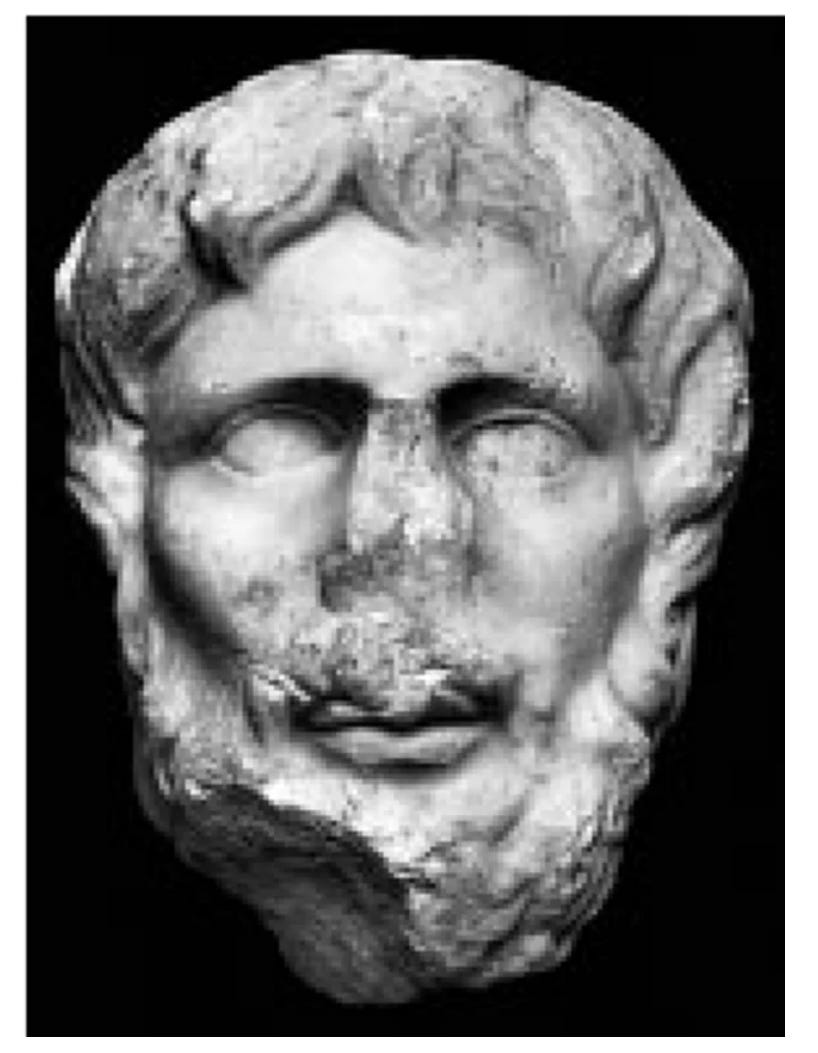
Endovelicus
Endovelicus (also Endouellicus, Endovélico in Portuguese, Endovéllico, Enobólico in Spanish), is the best-known of the pre-Romans Lusitanian and Celtiberian gods of the Iron Age. He was originally a chthonic god (associated with the underworld and the dead..
He was the God/Lord of the Underworld, God of health, prophecy and the earth, associated with vegetation and the afterlife.
Later accepted by the Romans themselves, who assimilate “him” into Pluto or to Serapis and made him a relatively popular god.
Endovelicus as a Celtic God
Endovelicus was known as a sun god in the Celtic religion, depicted as a warrior with a bow and arrow. He was associated with the death and rebirth cycle of life, as well as fertility. He was believed to dictate the cycle of the seasons and was also a protector of the dead, often guiding them safely to the otherworld.
Endovelicus was also believed to have curative powers, and several shrines were dedicated to him by the ancient Celts to promote healing. He was also the god of prophecy and had the power to predict the future.
A temple was dedicated to Endovelicus at the Hill of Endovelicus in Portugal and it was here that pilgrims would gather to celebrate his annual festival. This festival was known as Endovelicus Day, and it was celebrated in the spring when the days were longest and the nights were shortest, to symbolize the death and rebirth of the sun god. During this festival, sacrifices were made to the god, including food, drink and animals.
Endovelicus symbolized the endless cycle of death and rebirth, one which ancient people believed was necessary to maintain balance and harmony in the world. He was seen as an all-knowing god, one who could foresee the future and grant healing. Endovelicus was also believed to be a divine protector, guiding lost souls to their final resting place.
The worship of Endovelicus would remain popular for centuries, even when the Romans began to supplant local gods. Though never fully accepted by the Roman pantheon, Endovelicus and other native gods were kept alive by the local people who continued to honor him as the god of health, prophecy and the afterlife. Endovelicus remains a popular symbol today and his cult still lives on in certain parts of the world.
Endovelicus is often symbolized by several different totems and symbols. The most prominent symbol is the sun itself, which is used to represent his role in the death and rebirth cycle of life. He is also often represented by a bow and arrow, symbolizing both war and his power over the elements. Other symbols associated with Endovelicus include wolves, trees, and a shield.
In addition to the totems and symbols, there are also certain animals linked to the worship of Endovelicus. Pigs were traditionally sacrificed in his name, as they were thought to be symbols of fertility and protection. Wolves were also associated with the god, as they were seen as protectors of the dead and guides to the underworld.
Alan /|\




In all the 300 years of writing, research and archeology done with regards to Endovelicus, no mention of a bow or arrow has ever been made, and no iconography of his shows any kind of association with those items. I have poured through all the primary and secondary sources on the subject, and I cannot find any mention of bows or arrows in any text whatsoever.